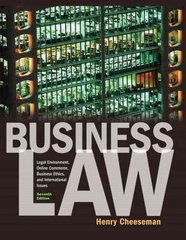Question
Each of two sellers has available one indivisible unit of a good. Seller 1 posts the price p1 and seller 2 posts the price p2.
Each of two sellers has available one indivisible unit of a good. Seller 1 posts the price p1 and seller 2 posts the price p2. Each of two buyers would like to obtain one unit of the good; they simultaneously decide which seller to approach. If both buyers approach the same seller, each trades with probability 0.5; the disappointed buyer does not subsequently have the option to trade with the other seller. (This assumption models the risk faced by a buyer that a good is sold out when she patronizes a seller with a low price.) Each buyer's preferences are represented by the expected value of a payoff function that assigns the payoff 0 to not trading and the payoff (1- p) to purchasing one unit of the good at the price p. (Neither buyer values more than one unit.) For any pair (p1; p2) of prices between zero and 1 and such that 2*p1 - 1 < p2< 0.5(1+p1), find the Nash equilibria (in pure and in mixed strategies) of the strategic game that models this situation.
Step by Step Solution
There are 3 Steps involved in it
Step: 1

Get Instant Access to Expert-Tailored Solutions
See step-by-step solutions with expert insights and AI powered tools for academic success
Step: 2

Step: 3

Ace Your Homework with AI
Get the answers you need in no time with our AI-driven, step-by-step assistance
Get Started


